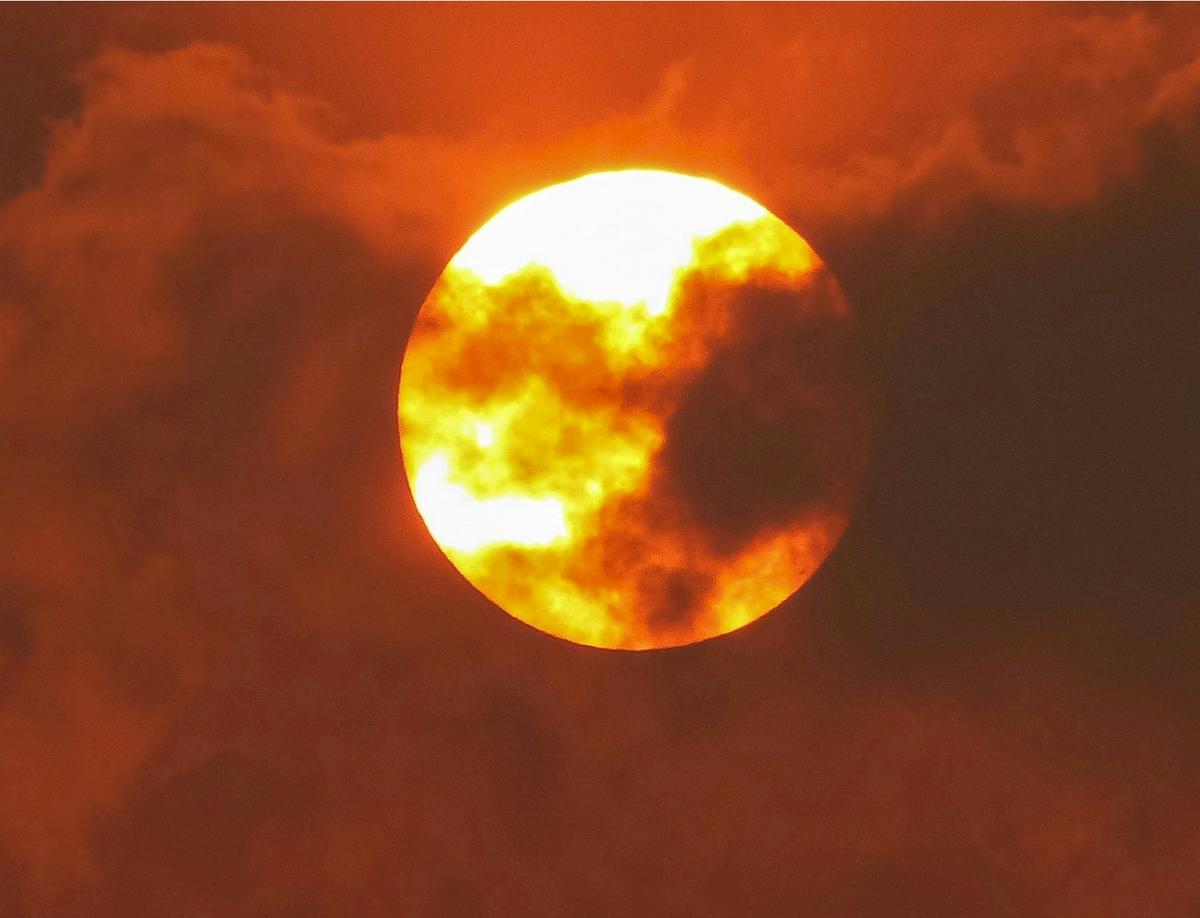Take a big breath, because here we go again.
Smoke from distant wildfires has triggered air quality alerts throughout most of Minnesota.
That includes St. Cloud which is on the southern boundary of what’s considered “Unhealthy” air quality through Friday night.
Minnesota Pollution Control Agency
Minnesota Pollution Control AgencySmoke is on the way.
The Minnesota Pollution Control Agency says air quality should reach the red Air Quality Index category in northern and central Minnesota.
Red means the air quality is unhealthy for everyone.
RELATED: SEE CURRENT AIR QUALITY MAP
South of a line stretching from Ortonville in the west through St. Cloud and just south of Hinckley is the orange AQI category which means particulates in the air are unhealthy for sensitive groups.
In its alert, the Minnesota PCA says heavy smoke from Saskatchewan and Manitoba wildfires is moving south across northwest Minnesota today where it will remain through end of the day. By tomorrow morning, that smoke will hit southwest Minnesota.
Smoke will also move into the arrowhead region and central parts of the state by Thursday morning.
By Thursday afternoon, the smoke will affect east central and south central Minnesota.
By Friday, southerly winds are expected to push the smoke back to the north and air quality should gradually improve throughout the day.
How will the smoke affect people?
There’ll be enough fine particles in the air in the St. Cloud area to cause issues for everyone. State officials recommend everyone limit prolonged or heavy exertion and time spent outdoors.
In the southern half of the state, people with sensitivities to poor air quality should limit their exposure to the outdoor air through Friday.
In any case, fine particle pollution can do a number on your eyes, nose and throat. You may cough, feel your chest tighten, be short of breath. You may even have some dizziness or fatigue.
In some cases, smoke pollution can lead to bronchitis or may aggravate existing heart and lung diseases. That can trigger heart palpitations, ashthma attacks — even heart attacks and strokes.
What can you expect to see?
In our area, the sky may look smoky or hazy. You may not be able to see long distances. And you may smell smoke.
On the bright side, the smoke will likely make for some spectacular sunrises and sunsets.
LOOK: The most expensive weather and climate disasters in recent decadesStacker ranked the most expensive climate disasters by the billions since 1980 by the total cost of all damages, adjusted for inflation, based on 2021 data from the National Oceanic and Atmospheric Administration (NOAA). The list starts with Hurricane Sally, which caused $7.3 billion in damages in 2020, and ends with a devastating 2005 hurricane that caused $170 billion in damage and killed at least 1,833 people. Keep reading to discover the 50 of the most expensive climate disasters in recent decades in the U.S.
Gallery Credit: KATELYN LEBOFF

